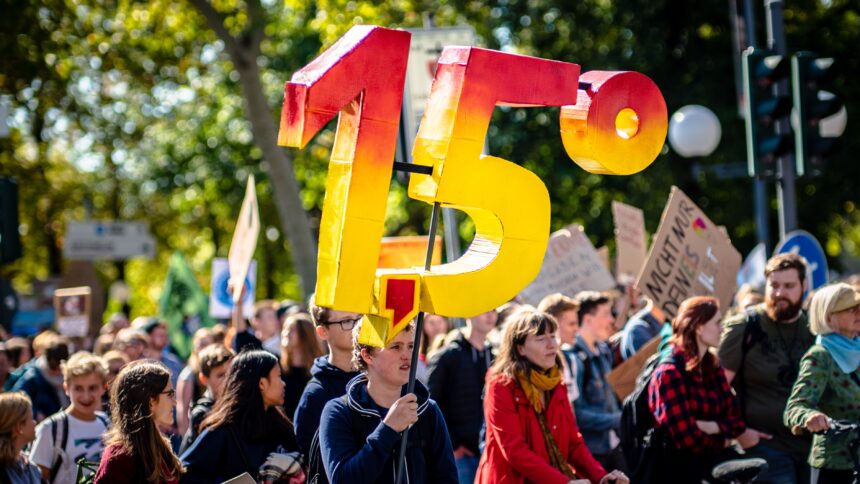A post by Isabella Alloisio
2020 is the year when the Paris Agreement (PA) foresees an update of Nationally Determined Contributions (NDCs). NDCs are the key pillars of the PA and represent the new climate negotiations architecture where each Party commits toward its long-term goal of limiting warming to well below 2°C above pre-industrial levels, with the attempt to limit temperature increase to 1.5°C. Under the PA, each successive NDC will have to show a progression over time and reflect its highest possible ambition.[1]
Complying with the temperature goals of the PA would require an extra-effort as compared to what originally envisaged under the INDCs (Intended Nationally Determined Contributions). Europe was among the first to submit its INDC and can now play a key role in enhancing climate ambition and leading by example. Enhancing its NDC may raise the credibility of the EU climate policy and may be eventually followed by the other Parties. The EU Green Deal aiming at making Europe the first climate neutral continent by 2050 is a clear signal that the EU intends to promote and implement ever more ambitious climate, environmental and energy policies.
Several options are under discussion at the EU level on how to enhance the NDC. One is for the EU to increase its headline domestic emissions reduction target of -40% by 2030 (compared to 1990) to 50%, or even 55%, as proposed by the European Commission in the EU Green Deal. To ensure that the target is reached, domestic legislation has to be revised. The most likely candidates for revision are the EU Emission Trading Scheme (EU ETS) and the Effort Sharing Regulation (ESR). The increased headline NDC target could be translated in higher emission reductions targets for either or both of these mechanisms.
A second option is to increase the scope of the EU NDC to other sectors, such as maritime and air transport. The latter is at the centre of the international negotiations at the ICAO and the EU in view of the adoption of a global measure to address growing international aviation emissions through an offsetting system (CORSIA).
A third option consists in raising the ambition of the EU ETS but without adjusting the headline target. There are currently three mechanisms that could be used to increase the ambition of the EU ETS:
- increasing the overall ETS target (and thus reducing the ETS cap);
- increasing the cancellation of EUAs from the MSR;
- implementing voluntary cancellation of EUAs from the auctioning calendar by Member States (either to compensate for domestic policies or to increase scarcity in the market).
The latter mechanism is implemented on a voluntary basis and would allow for extra climate commitments by individual Member States, whereas the former two mechanisms would need an agreement at the European Council level. The first mechanism has been decided by the European Council in 2014 and implemented by the revised EU ETS Directive for the period 2021-2030 that has established a reduced EU-wide cap on emissions by setting a decline of the overall number of emission allowances at an annual rate of 2.2% from 2021 onwards, compared to current 1.74%.
Other options exist although less feasible due to juridical and political constraints such as e.g., the adoption of a carbon tax at the EU level (this would require unanimity), or the introduction of a carbon border adjustment mechanism with the aim to reduce the risk of carbon leakage (this would require international negotiations at WTO level to comply with its rules). Another relevant option is the use of international carbon markets which is largely debated at the UNFCCC level although an agreement still needs to be found.
Article 6 of the PA forms the legal framework to allow the use of market-based climate change mitigation mechanisms and offers Parties the opportunity to cooperate with one another when implementing their NDCs. The cooperation mechanisms designed to assist this process should not only make it easier to achieve existing reduction targets, but it is also expected to raise ambition in future efforts. Despite the failure to agree on clear accounting rules under Article 6 so far, international linkages among different jurisdictions in different countries are likely to play an important role in the years to come.
[1] Article 4.11 of the Paris Agreement: “A Party may at any time adjust its existing Nationally Determined Contribution with a view to enhancing its level of ambition”.
The views and opinions expressed in this post are solely those of the author(s) and do not reflect those of the editors of the blog of the project LIFE DICET.

